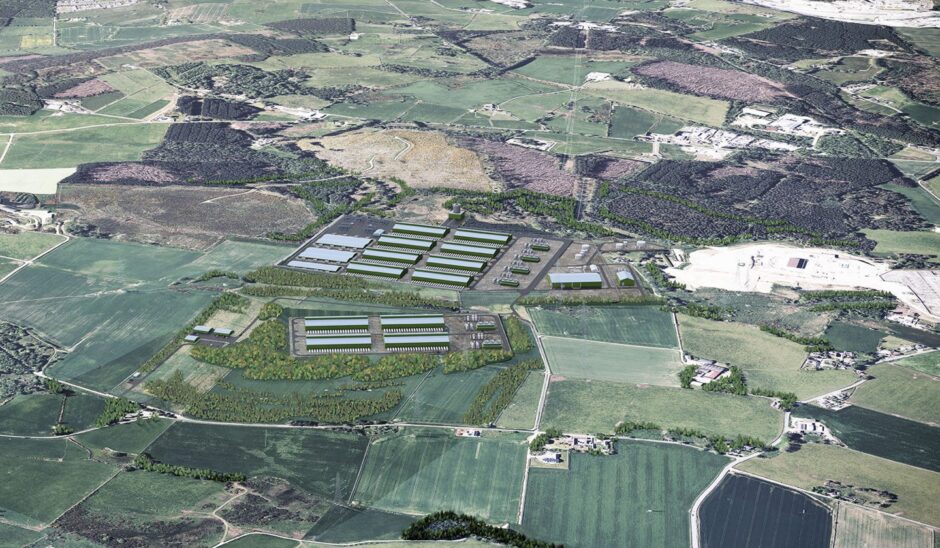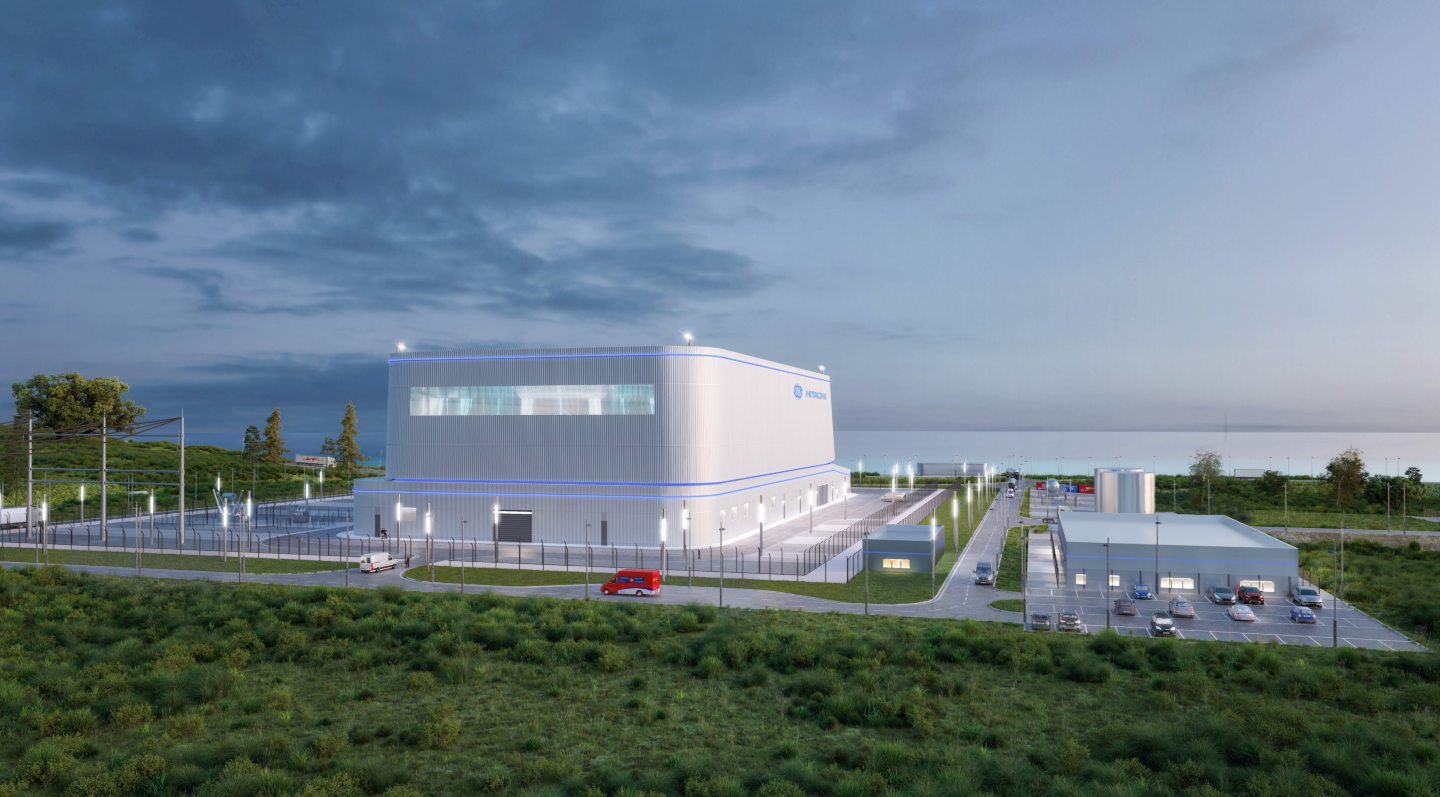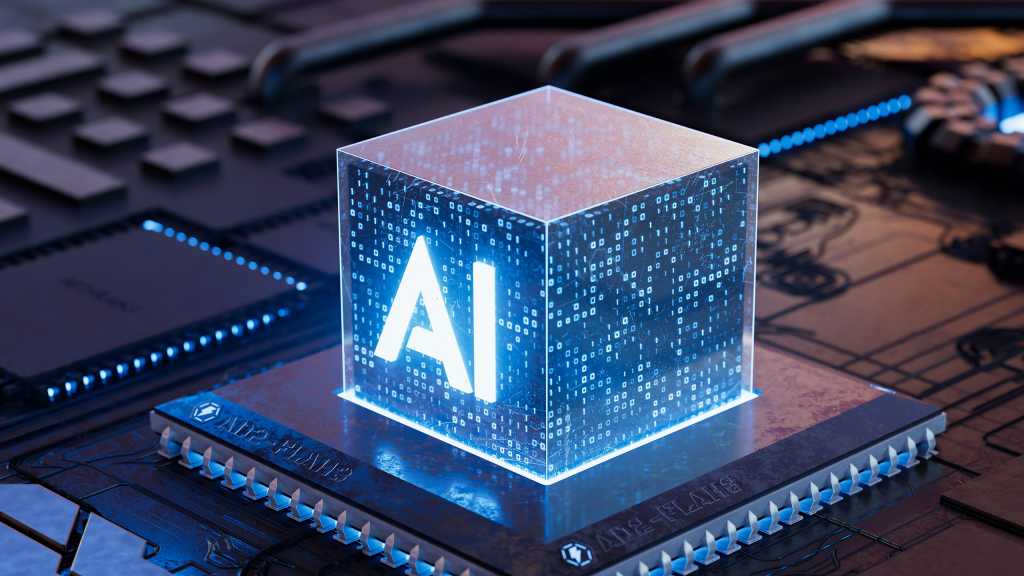Join our daily and weekly newsletters for the latest updates and exclusive content on industry-leading AI coverage. Learn More
Microsoft launched a new enterprise platform that harnesses artificial intelligence to dramatically accelerate scientific research and development, potentially compressing years of laboratory work into weeks or even days.
The platform, called Microsoft Discovery, leverages specialized AI agents and high-performance computing to help scientists and engineers tackle complex research challenges without requiring them to write code, the company announced Monday at its annual Build developer conference.
“What we’re doing is really taking a look at how we can apply advancements in agentic AI and compute work, and then on to quantum computing, and apply it in the really important space, which is science,” said Jason Zander, Corporate Vice President of Strategic Missions and Technologies at Microsoft, in an exclusive interview with VentureBeat.
The system has already demonstrated its potential in Microsoft’s own research, where it helped discover a novel coolant for immersion cooling of data centers in approximately 200 hours — a process that traditionally would have taken months or years.
“In 200 hours with this framework, we were able to go through and screen 367,000 potential candidates that we came up with,” Zander explained. “We actually took it to a partner, and they actually synthesized it.”
How Microsoft is putting supercomputing power in the hands of everyday scientists
Microsoft Discovery represents a significant step toward democratizing advanced scientific tools, allowing researchers to interact with supercomputers and complex simulations using natural language rather than requiring specialized programming skills.
“It’s about empowering scientists to transform the entire discovery process with agentic AI,” Zander emphasized. “My PhD is in biology. I’m not a computer scientist, but if you can unlock that power of a supercomputer just by allowing me to prompt it, that’s very powerful.”
The platform addresses a key challenge in scientific research: the disconnect between domain expertise and computational skills. Traditionally, scientists would need to learn programming to leverage advanced computing tools, creating a bottleneck in the research process.
This democratization could prove particularly valuable for smaller research institutions that lack the resources to hire computational specialists to augment their scientific teams. By allowing domain experts to directly query complex simulations and run experiments through natural language, Microsoft is effectively lowering the barrier to entry for cutting-edge research techniques.
“As a scientist, I’m a biologist. I don’t know how to write computer code. I don’t want to spend all my time going into an editor and writing scripts and stuff to ask a supercomputer to do something,” Zander said. “I just wanted, like, this is what I want in plain English or plain language, and go do it.”
Inside Microsoft Discovery: AI ‘postdocs’ that can screen hundreds of thousands of experiments
Microsoft Discovery operates through what Zander described as a team of AI “postdocs” — specialized agents that can perform different aspects of the scientific process, from literature review to computational simulations.
“These postdoc agents do that work,” Zander explained. “It’s like having a team of folks that just got their PhD. They’re like residents in medicine — you’re in the hospital, but you’re still finishing.”
The platform combines two key components: foundational models that handle planning and specialized models trained for particular scientific domains like physics, chemistry, and biology. What makes this approach unique is how it blends general AI capabilities with deeply specialized scientific knowledge.
“The core process, you’ll find two parts of this,” Zander said. “One is we’re using foundational models for doing the planning. The other piece is, on the AI side, a set of models that are designed specifically for particular domains of science, that includes physics, chemistry, biology.”
According to a company statement, Microsoft Discovery is built on a “graph-based knowledge engine” that constructs nuanced relationships between proprietary data and external scientific research. This allows it to understand conflicting theories and diverse experimental results across disciplines, while maintaining transparency by tracking sources and reasoning processes.
At the center of the user experience is a Copilot interface that orchestrates these specialized agents based on researcher prompts, identifying which agents to leverage and setting up end-to-end workflows. This interface essentially acts as the central hub where human scientists can guide their virtual research team.
From months to hours: How Microsoft used its own AI to solve a critical data center cooling challenge
To demonstrate the platform’s capabilities, Microsoft used Microsoft Discovery to address a pressing challenge in data center technology: finding alternatives to coolants containing PFAS, so-called “forever chemicals” that are increasingly facing regulatory restrictions.
Current data center cooling methods often rely on harmful chemicals that are becoming untenable as global regulations push to ban these substances. Microsoft researchers used the platform to screen hundreds of thousands of potential alternatives.
“We did prototypes on this. Actually, when I owned Azure, I did a prototype eight years ago, and it works super well, actually,” Zander said. “It’s actually like 60 to 90% more efficient than just air cooling. The big problem is that coolant material that’s on market has PFAS in it.”
After identifying promising candidates, Microsoft synthesized the coolant and demonstrated it cooling a GPU running a video game. While this specific application remains experimental, it illustrates how Microsoft Discovery can compress development timelines for companies facing regulatory challenges.
The implications extend far beyond Microsoft’s own data centers. Any industry facing similar regulatory pressure to replace established chemicals or materials could potentially use this approach to accelerate their R&D cycles dramatically. What once would have been multi-year development processes might now be completed in a matter of months.
Daniel Pope, founder of Submer, a company focused on sustainable data centers, was quoted in the press release saying: “The speed and depth of molecular screening achieved by Microsoft Discovery would’ve been impossible with traditional methods. What once took years of lab work and trial-and-error, Microsoft Discovery can accomplish in just weeks, and with greater confidence.”
Pharma, beauty, and chips: The major companies already lining up to use Microsoft’s new scientific AI
Microsoft is building an ecosystem of partners across diverse industries to implement the platform, indicating its broad applicability beyond the company’s internal research needs.
Pharmaceutical giant GSK is exploring the platform for its potential to transform medicinal chemistry. The company stated an intent to partner with Microsoft to advance “GSK’s generative platforms for parallel prediction and testing, creating new medicines with greater speed and precision.”
In the consumer space, Estée Lauder plans to harness Microsoft Discovery to accelerate product development in skincare, makeup, and fragrance. “The Microsoft Discovery platform will help us to unleash the power of our data to drive fast, agile, breakthrough innovation and high-quality, personalized products that will delight our consumers,” said Kosmas Kretsos, PhD, MBA, Vice President of R&D and Innovation Technology at Estée Lauder Companies.
Microsoft is also expanding its partnership with Nvidia to integrate Nvidia’s ALCHEMI and BioNeMo NIM microservices with Microsoft Discovery, enabling faster breakthroughs in materials and life sciences. This partnership will allow researchers to leverage state-of-the-art inference capabilities for candidate identification, property mapping, and synthetic data generation.
“AI is dramatically accelerating the pace of scientific discovery,” said Dion Harris, senior director of accelerated data center solutions at Nvidia. “By integrating Nvidia ALCHEMI and BioNeMo NIM microservices into Azure Discovery, we’re giving scientists the ability to move from data to discovery with unprecedented speed, scale, and efficiency.”
In the semiconductor space, Microsoft plans to integrate Synopsys’ industry solutions to accelerate chip design and development. Sassine Ghazi, President and CEO of Synopsys, described semiconductor engineering as “among the most complex, consequential and high-stakes scientific endeavors of our time,” making it “an extremely compelling use case for artificial intelligence.”
System integrators Accenture and Capgemini will help customers implement and scale Microsoft Discovery deployments, bridging the gap between Microsoft’s technology and industry-specific applications.
Microsoft’s quantum strategy: Why Discovery is just the beginning of a scientific computing revolution
Microsoft Discovery also represents a stepping stone toward the company’s broader quantum computing ambitions. Zander explained that while the platform currently uses conventional high-performance computing, it’s designed with future quantum capabilities in mind.
“Science is a hero scenario for a quantum computer,” Zander said. “If you ask yourself, what can a quantum computer do? It’s extremely good at exploring complicated problem spaces that classic computers just aren’t able to do.”
Microsoft recently announced advancements in quantum computing with its Majorana one chip, which the company claims could potentially fit a million qubits “in the palm of your hand” — compared to competing approaches that might require “a football field worth of equipment.”
“General generative chemistry — we think the hero scenario for high-scale quantum computers is actually chemistry,” Zander explained. “Because what it can do is take a small amount of data and explore a space that would take millions of years for a classic, even the largest supercomputer, to do.”
This connection between today’s AI-driven discovery platform and tomorrow’s quantum computers reveals Microsoft’s long-term strategy: building the software infrastructure and user experience today that will eventually harness the revolutionary capabilities of quantum computing when the hardware matures.
Zander envisions a future where quantum computers design their own successors: “One of the first things that I want to do when I get the quantum computer that does that kind of work is I’m going to go give it my material stack for my chip. I’m going to basically say, ‘Okay, go simulate that sucker. Tell me how I build a new, a better, new version of you.’”
Guarding against misuse: The ethical guardrails Microsoft built into its scientific platform
With the powerful capabilities Microsoft Discovery offers, questions about potential misuse naturally arise. Zander emphasized that the platform incorporates Microsoft’s responsible AI framework.
“We have the responsible AI program, and it’s been around, actually I think we were one of the first companies to actually put that kind of framework into place,” Zander said. “Discovery absolutely is following all responsible AI guidelines.”
These safeguards include ethical use guidelines and content moderation similar to those implemented in consumer AI systems, but tailored for scientific applications. The company appears to be taking a proactive approach to identifying potential misuse scenarios.
“We already look for particular types of algorithms that could be harmful and try and flag those in content moderation style,” Zander explained. “Again, the analogy would be very similar to what a consumer kind of bot would do.”
This focus on responsible innovation reflects the dual-use nature of powerful scientific tools — the same platform that could accelerate lifesaving drug discovery could potentially be misused in other contexts. Microsoft’s approach attempts to balance innovation with appropriate safeguards, though the effectiveness of these measures will only become clear as the platform is adopted more widely.
The bigger picture: How Microsoft’s AI platform could reshape the pace of human innovation
Microsoft’s entry into scientific AI comes at a time when the field of accelerated discovery is heating up. The ability to compress research timelines could have profound implications for addressing urgent global challenges, from drug discovery to climate change solutions.
What differentiates Microsoft’s approach is its focus on accessibility for non-computational scientists and its integration with the company’s existing cloud infrastructure and future quantum ambitions. By allowing domain experts to directly leverage advanced computing without intermediaries, Microsoft could potentially remove a significant bottleneck in scientific progress.
“The big efficiencies are coming from places where, instead of me cramming additional domain knowledge, in this case, a scientist having learned to code, we’re basically saying, ‘Actually, we’ll let the genetic AI do that, you can do what you do, which is use your PhD and get forward progress,’” Zander explained.
This democratization of advanced computational methods could lead to a fundamental shift in how scientific research is conducted globally. Smaller labs and institutions in regions with less computational infrastructure might suddenly gain access to capabilities previously available only to elite research institutions.
However, the success of Microsoft Discovery will ultimately depend on how effectively it integrates into complex existing research workflows and whether its AI agents can truly understand the nuances of specialized scientific domains. The scientific community is notoriously rigorous and skeptical of new methodologies – Microsoft will need to demonstrate consistent, reproducible results to gain widespread adoption.
The platform enters private preview today, with pricing details yet to be announced. Microsoft indicates that smaller research labs will be able to access the platform through Azure, with costs structured similarly to other cloud services.
“At the end of the day, our goal, from a business perspective, is that it’s all about enabling that core platform, as opposed to you having to stand up,” Zander said. “It’ll just basically ride on top of the cloud and make it much easier for people to do.”
Accelerating the future: When AI meets scientific method
As Microsoft builds out its ambitious scientific AI platform, it positions itself at a unique juncture in the history of both computing and scientific discovery. The scientific method – a process refined over centuries – is now being augmented by some of the most advanced artificial intelligence ever created.
Microsoft Discovery represents a bet that the next era of scientific breakthroughs won’t come from either brilliant human minds or powerful AI systems working in isolation, but from their collaboration – where AI handles the computational heavy lifting while human scientists provide the creativity, intuition, and critical thinking that machines still lack.
“If you think about chemistry, materials sciences, materials actually impact about 98% of the world,” Zander noted. “Everything, the desks, the displays we’re using, the clothing that we’re wearing. It’s all materials.”
The implications of accelerating discovery in these domains extend far beyond Microsoft’s business interests or even the tech industry. If successful, platforms like Microsoft Discovery could fundamentally alter the pace at which humanity can innovate in response to existential challenges – from climate change to pandemic prevention.
The question now isn’t whether AI will transform scientific research, but how quickly and how deeply. As Zander put it: “We need to start working faster.” In a world facing increasingly complex challenges, Microsoft is betting that the combination of human scientific expertise and agentic AI might be exactly the acceleration we need.
Daily insights on business use cases with VB Daily
If you want to impress your boss, VB Daily has you covered. We give you the inside scoop on what companies are doing with generative AI, from regulatory shifts to practical deployments, so you can share insights for maximum ROI.
Read our Privacy Policy
Thanks for subscribing. Check out more VB newsletters here.
An error occured.























